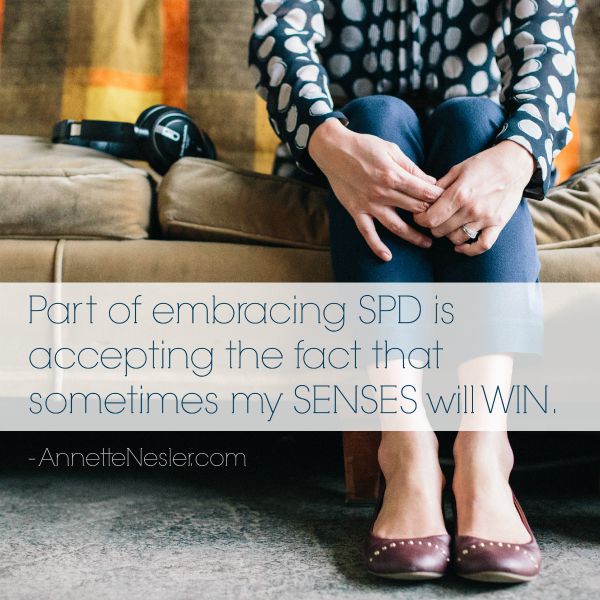

This study was a valuable first step – however, it is unclear whether or not the novel GSQ is comparable to better-validated measures of sensory processing. This association held in individuals both with and without the disorder, and across the range of AQ scores, not just at the upper end – thus providing preliminary evidence for a dimensional link between sensory abnormalities and ASD traits. This reported a significant linear correlation between scores on a novel self-report sensory measure called the Glasgow Sensory Questionnaire (GSQ) and self-reported ASD symptoms as measured using the Autism Quotient (AQ) (Baron-Cohen et al. To date, only one study (Robertson and Simmons 2012) has investigated the relationship between sensory features and broader ASD traits. Therefore, from the perspective of assessment, it will be important to ascertain whether sensory abnormalities are indicative of the presence of an ASD in a categorical fashion, or alternatively, whether they could serve as dimensional measures of the severity of ASD across the whole spectrum. 2012) examined sensory abnormalities in first degree relatives of individuals with ASD, but the authors did not investigate associations with ASD traits. It is not known whether sensory symptoms are associated with autism spectrum disorder, or, more broadly, with ASD traits-it now being recognized that ASD symptoms follow a continuous distribution in the population (Baron-Cohen et al.

However, while the association between ASD and sensory abnormalities is well established, the nature of this relationship is unclear. The assessment of sensory experiences may therefore offer a means of optimizing the diagnosis of ASD, by providing a valuable second source of information alongside the current mainstay of objective behaviour.

#SENSORY ISSUES IN ADULTS MANUAL#
In a reflection of the increasing research interest in sensory abnormalities, these symptoms are now included in clinical diagnostic algorithms for ASD, namely the Diagnostic and Statistical Manual 5th Edition (DSM-5) and the forthcoming International Classification of Diseases-11 (ICD-11) (Wing et al. These include both hypersensitivity and hyposensitivity to various stimuli, as well as strong preferences for or against stimuli that are typically regarded as neutral (Crane et al. Studies have found high rates of diverse sensory abnormalities in both children and adults diagnosed with an ASD. However, in addition to these observable symptoms, unusual subjective sensory and perceptual experiences are increasingly recognized to be key features of ASD. Currently, ASDs are defined, and diagnosed, on the basis of behaviours, now conceptualized as forming the two domains of: impaired social interaction, language and communication and restricted interests and repetitive behaviours (American Psychiatric Association 2013 Wing et al. Autism spectrum disorders (ASDs) are a family of neurodevelopmental syndromes with approximately 1 % prevalence (Brugha et al.


 0 kommentar(er)
0 kommentar(er)
